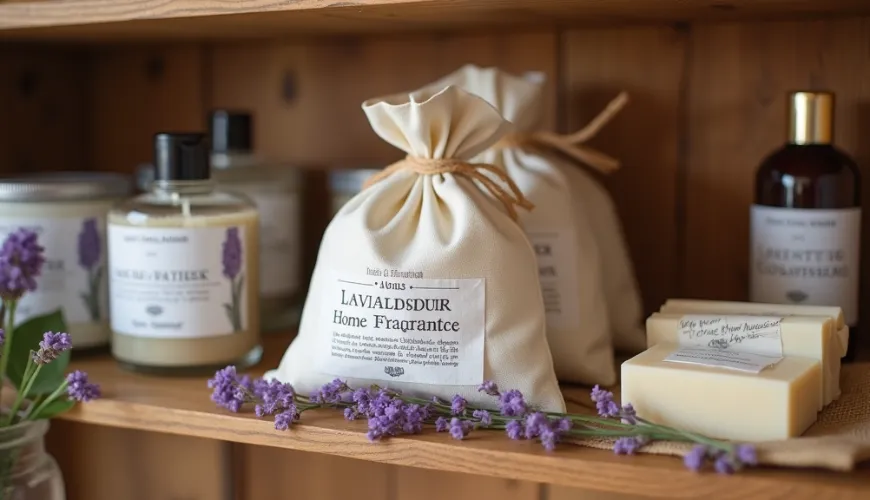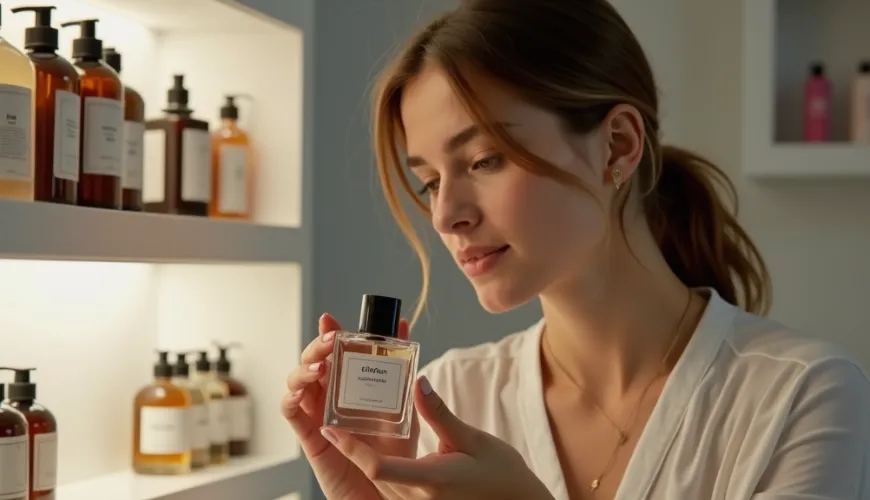
Ambroxan and Its Influence on Trends in the Perfume World

Ambroxan - the Invisible Hero of Modern Perfumes
The perception of scents is among the deepest sensory experiences, capable of evoking memories, emotions, and sympathies. Perfumes are the alchemy that consciously works with these feelings. What few people know is that behind many popular scents lies not an exotic flower or rare spice, but a molecule called ambroxan. What exactly is it, why is it so talked about, and why should it interest us even if we are not perfumers?
What is Ambroxan and Where Does It Come From?
At first glance, it sounds like the name of some synthetic compound devoid of emotions, but ambroxan has a very interesting origin. This substance was originally derived from ambergris – a rare substance produced by sperm whales and washed ashore by the sea. Ambergris was valued for centuries as a perfume ingredient and aphrodisiac, but its acquisition was not only challenging but also ethically problematic.
Therefore, chemists in the mid-20th century attempted to find an alternative. The result was ambroxan – a molecule that faithfully mimics the scent of real ambergris, but is produced ethically, in laboratories, often from natural sources such as clary sage. Today, ambroxan is used as one of the most significant fragrance fixatives in the perfume industry.
What Does Ambroxan Smell Like?
Describing a scent with words is like describing color to someone who is blind. Nevertheless, experts and perfume lovers agree that ambroxan has a warm, woody, slightly sweet scent reminiscent of leather, moss, or a sea breeze. It's a scent you might not consciously notice at first sniff, but it lingers on the skin for hours, creating that elusive "something" that makes a perfume unforgettable.
Ambroxan is also exceptional in that it does not overwhelm the fragrance, but rather highlights it and prolongs its duration. This is why it is used even in so-called "clean" or minimalist scents, where it can be a key component even in combination with just a few other ingredients.
Why Is Ambroxan Talked About More Today?
One reason is the growing interest in transparent composition of cosmetics and perfumes. Consumers today more frequently examine labels and seek information about what they are actually applying. And since ambroxan is one of the key perfume ingredients, it started appearing in the list of ingredients on packaging.
Another reason is the popularity of "skin scents" – perfumes that smell like "clean skin," just a bit better. Ambroxan plays a main role in these. It is not conspicuous, but creates the illusion that a person naturally smells pleasant, without having used perfume. This aesthetic of naturalness and effortlessness has been very sought-after in recent years, especially among younger generations.
Ambroxan Under the Microscope: Is It Safe?
Safety is becoming increasingly important in the cosmetics industry. The good news is that ambroxan is considered safe for use in cosmetics, if applied in reasonable amounts. The European Union does not particularly restrict it as a synthetic fragrance and it is not listed among allergens that must be indicated on the label.
However, it is important to remember that everyone may react differently. If someone has very sensitive skin or suffers from fragrance allergies, caution may be advisable – just like with any other perfume ingredient.
Where Is Ambroxan Used and How to Recognize It?
Ambroxan appears in hundreds of perfumes – from luxury brands to natural niche products. It is popular not only in men's, but also unisex and women's fragrances. It typically hides under names like Ambrox, Ambroxide, Ambroxan, or simply as "parfum" in the INCI list.
An example of its use is the iconic perfume Escentric Molecules Molecule 02, which relies solely on ambroxan. This perfume has achieved cult status precisely because of how "invisibly" and yet strongly it acts. People who wear it often report that they barely notice the scent themselves, but those around them cannot help but notice it.
Similarly, ambroxan can be found in perfume bestsellers like Dior Sauvage, Juliette Has a Gun – Not a Perfume, or in certain variants from brands like Byredo, Le Labo, or Maison Francis Kurkdjian.
Ambroxan and Sustainability
From a sustainability perspective, ambroxan is decisively more advantageous compared to traditional ambergris. Not only does it not require any intervention in the lives of marine mammals, but it can also be produced from renewable resources. For instance, from the aforementioned clary sage, which can be cultivated ecologically.
Moreover, ambroxan has a long-lasting effect, meaning that a perfume containing it often lasts on the skin all day. This leads to less perfume usage and thus less environmental impact. Compared to some volatile synthetic scents, ambroxan is undoubtedly a more environmentally friendly choice for both users and the planet.
However, in connection with sustainability, it is necessary to point out one important fact: even though ambroxan is laboratory-produced, it is not automatically harmful. Consuming natural ingredients is not always the more ecological choice. Quite the opposite – obtaining natural extracts (e.g., from rare woods or flowers) can have a significantly greater ecological impact than synthetic production. As renowned perfumer Anne Flipo says: "Sometimes a synthetic substance is much greener than a natural extract."
How to Approach Perfumes with Ambroxan?
If you are tempted by the idea of a fragrance that is not too intense but leaves a deep impression, a perfume with ambroxan might be the ideal choice. It is not a straightforward component meant to impress at first sniff, but rather a carefully hidden foundation that holds the entire perfume together.
Experience from everyday life confirms this theory. A design student from Prague bought a perfume containing only ambroxan after trying it in a niche cosmetics store. "At first, I barely smelled anything. But when I woke up the next morning, I still had it on my wrist. And friends were telling me all day that I smelled lovely, even though I couldn't smell it myself," she describes.
This effect – that the perfume "disappears" to the wearer but is noticeable to others – is typical for ambroxan. For this reason, it is sometimes nicknamed the "molecule of invisible attraction."
How Does Ambroxan Fit Into the Trend of Clean and Ethical Cosmetics?
In a time when more and more people choose cosmetics not only by price and scent but also by their impact on health and the environment, ambroxan is an ideal example of how science and ethics can go hand in hand. It replaces an animal product without suffering, is made from natural resources, and has minimal allergenic potential.
For those seeking vegan, cruelty-free, and sustainable perfumes, ambroxan is a frequent, though not always visible, component. Its presence is discreet but essential – and that is precisely where its strength lies.
So, even if you may not have heard of it before, ambroxan is most likely part of the fragrance you love. It is the silent ally of beauty and sustainability, connecting the world of perfumes with a conscious lifestyle. And that is exactly the kind of invisible hero the world needs today.

